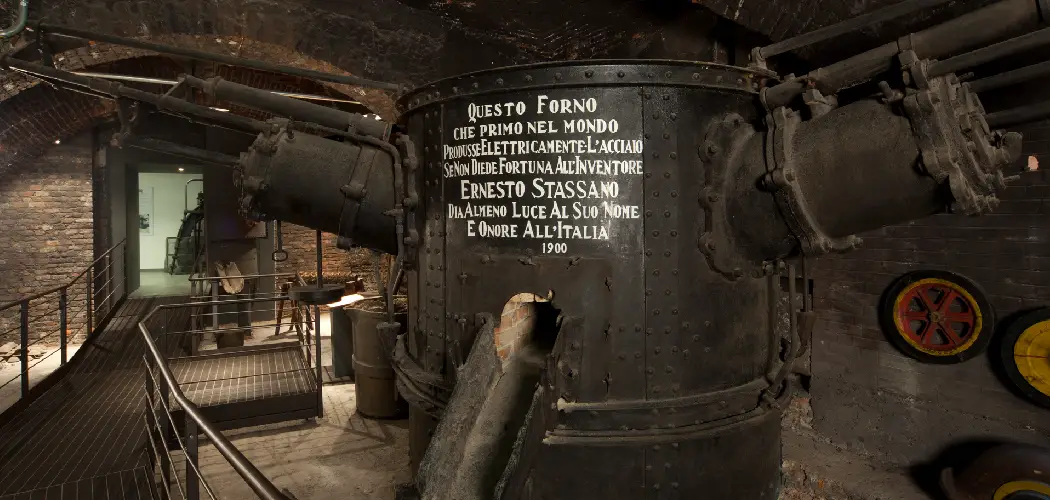Are you facing issues with your furnace blower? Blower motors allow air to flow through a furnace and into the rooms in your house. If it is having any issues or is not working correctly, you need to fix it immediately. It’s unfortunate that many homeowners don’t know how to do this, so they opt for professional help. However, if you know to fix furnace blowers, it can save you money and hassle.
In this article, we’ll discuss the steps needed to repair your furnace blower. If you need to repair your furnace blower, there are some simple steps you can take to get the job done quickly and efficiently. The furnace blower is a key component of any heating system as it circulates air throughout the home, ensuring that every room is kept at a comfortable temperature.
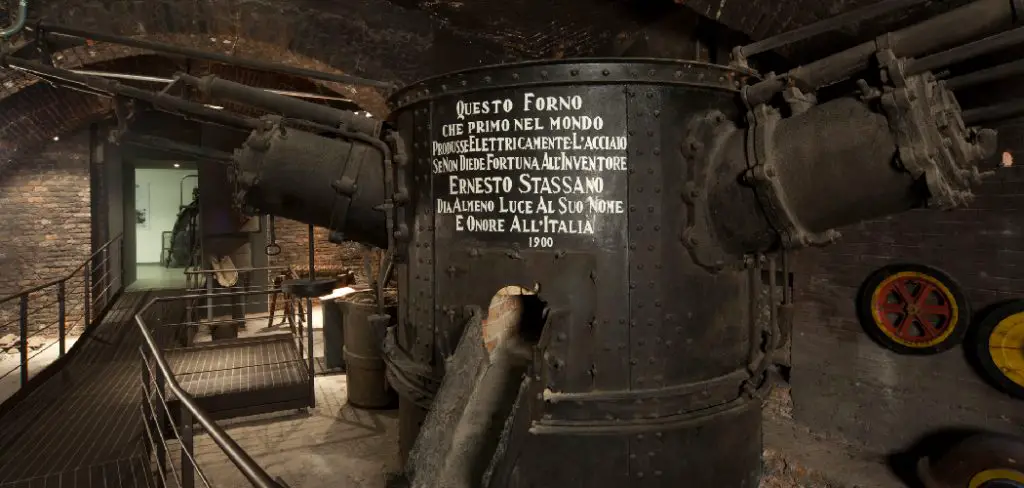
By understanding how to fix your furnace blower, you can save money and time by avoiding costly repair jobs. In this guide, we’ll explain everything you need to know about repairing your furnace blower. We’ll cover the tools required for the job, safety considerations, how to troubleshoot common issues, and steps for successful repairs. Read on to learn more about how to fix furnace blower!
What Causes Furnace Blower?
1. Improperly Sized Blower
One of the main causes of a furnace blower not working is an improperly sized blower. If the size of the blower does not match the airflow requirements for your home, it can cause problems with the furnace and potentially lead to a breakdown or failure.
2. Lack of Maintenance/Cleaning
Another common issue that can lead to a faulty furnace blower is a lack of regular maintenance and cleaning. Dust, debris, and other contaminants can build up over time and clog the internal parts of the furnace. This will cause the blower to not function properly or even stop working altogether.
3. Obstruction in Air Flow
Sometimes there can be an obstruction within the air flow system that can inhibit the furnace blower from functioning properly. This could be anything from a blockage in a duct to a damaged fan blade. If this is the case, it’s important to check for these obstructions and clear them if necessary.
4. Worn Out Motor
A worn-out motor can also cause the furnace blower not to work properly. This can happen over time due to regular wear and tear on the system components. If it is determined that the motor needs to be replaced, it’s important to have a qualified technician do this job in order to ensure the proper operation of the blower.
5. Dirty filters
Clogged or dirty filters can reduce airflow to the blower and cause it to not work properly. It’s important to regularly check and clean or replace air filters in order to keep your furnace running efficiently and prevent a breakdown of its components.
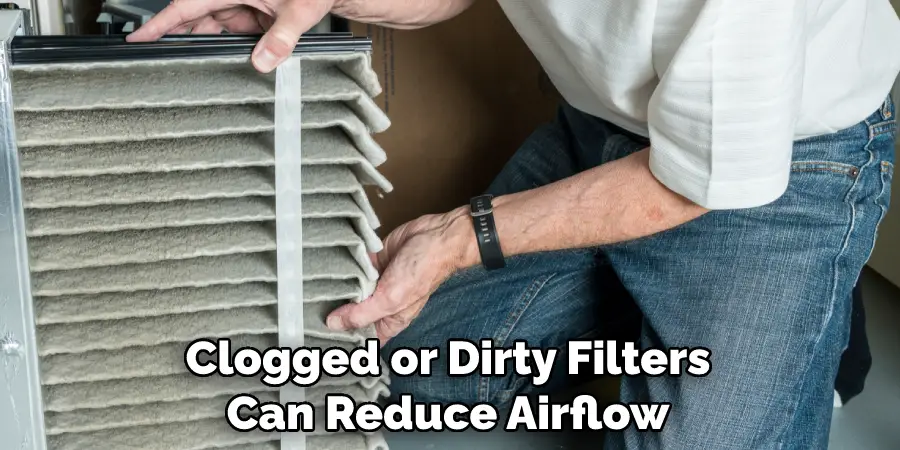
10 Tips On How to Fix Furnace Blower
1. Check for Obstructions
First, it’s important to check for any obstructions that might be preventing the blower from working correctly. These could include lint, dirt, and other debris that can accumulate in the motor or housing over time. Additionally, if you have a faulty fan belt, it may need to be replaced.
2. Check Fuses
Furnaces use fuses to protect their motors and other components from overloads. If the fuse on your furnace has blown, it can prevent the blower from working correctly. You should check to see if the fuse is still good before attempting any repairs.
3. Clean or Replace Filters
If there is a clog or blockage in your furnace’s filter, then the blower may not be able to move enough air. In this case, you’ll need to clean or replace the filter to ensure that your furnace is working properly.
4. Test Heating Elements
The heating elements on a furnace can also cause problems with the blower if they’re not working correctly. You should test each of your furnace’s heating elements for voltage and current. If any of the elements are not producing electricity, then they need to be replaced.
5. Check Fan Motor
Next, you should inspect the fan motor for signs of wear and tear. This could include loose or broken parts, as well as excessive noise coming from the motor itself. If there is an issue with the fan motor, then it may need to be replaced.
6. Check Wiring
Over time, wiring can become worn and frayed due to age or wear and tear. If the wiring in your furnace has become damaged, then it could prevent the blower from working properly. You should inspect all of the wiring in your furnace for any signs of damage and replace any worn or frayed wires.
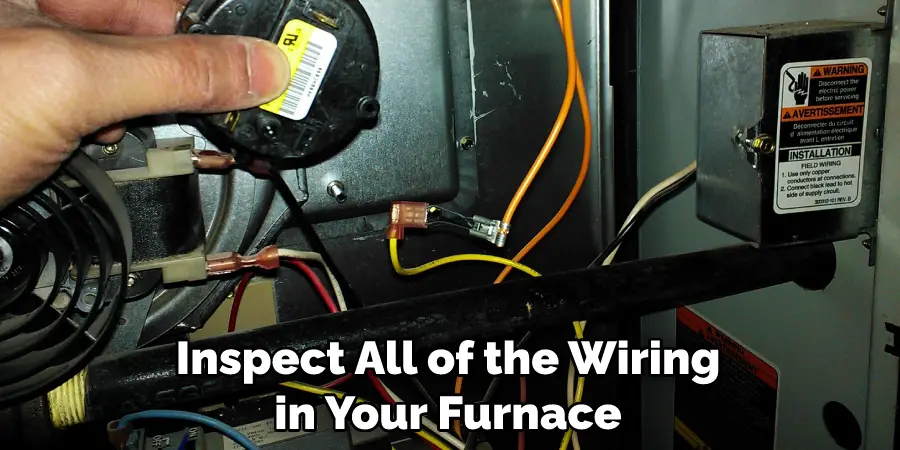
7. Check for Blockages in Ducts
A blocked duct can also prevent the blower from working correctly. You should inspect all of your furnace’s ducts to make sure that there aren’t any obstructions preventing airflow. You may also need to clean out the ducts if they are clogged with dirt and debris.
8. Check Thermostat Settings
If your furnace’s thermostat is set to a higher temperature than the actual room temperature, then the blower may not be able to keep up with the demand for heat. You should check the thermostat settings to ensure that it is set correctly before attempting any repairs.
9. Check Gas Lines
If you have a gas-powered furnace, then you should inspect the gas lines for any signs of damage or leaks. If there is an issue with the gas lines, then they will need to be repaired before your blower can start working again.
10. Call in a Professional
If none of these tips have been able to fix your furnace blower, then it may be time to call in a professional. A certified technician will be able to diagnose and repair any issues with your furnace’s blower quickly and efficiently.
These 10 tips should help you troubleshoot and fix any problems with your furnace blower. With regular maintenance and inspections, you can ensure that your furnace continues to work properly for years to come.
Frequently Asked Questions
What Precautions Should I Take Before Fixing a Furnace Blower?
Before attempting to fix your furnace blower, always take the appropriate safety precautions. Make sure you turn off all power sources that can be supplying electricity to the blower motor, such as unplugging it or switching off its power source at the circuit breaker.
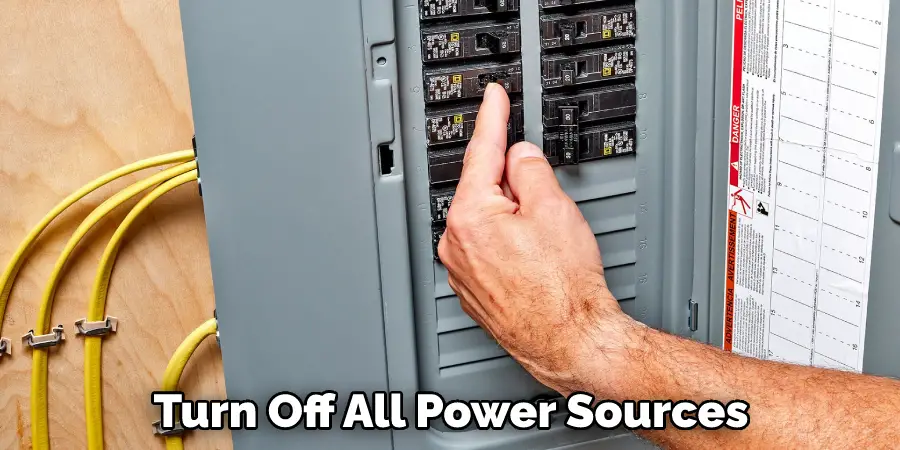
Wear protective gloves and glasses to protect yourself from any potentially dangerous materials. Additionally, check for gas leaks and make sure that your work area is ventilated properly.
What Are the Most Common Problems With a Furnace Blower?
The most common problems with furnace blowers include clogged filters, faulty wiring, incorrect motor speed setting and lack of lubrication. The blower motor can also become noisy due to worn parts or dirt build-up.
How Do I Troubleshoot Furnace Blower Issues?
Begin by checking the air filter of your furnace and replacing it if necessary. Check for a broken wire connection and look at the settings on your thermostat, making sure they are properly adjusted. If the blower motor is noisy, check to make sure it has been lubricated and that there isn’t any dirt or debris buildup on its parts.
What Is the Best Way to Fix a Furnace Blower?
The best way to fix a furnace blower is to first identify the exact cause of the issue that you’re having. If it is due to a clogged air filter, replacing it should be your first step. If you can locate any loose wires or faulty wiring, repair or replace them as necessary.
Additionally, make sure to lubricate the blower motor and check its speed setting if needed. Finally, performing regular maintenance on your furnace can help ensure that your blower motor is in optimal working condition.
How Can I Prevent Future Furnace Blower Problems?
Regularly maintaining and cleaning your furnace and its components can help prevent future problems with the blower motor. Make sure to check the air filter and replace it when necessary, as well as lubricate and cleaning the blower motor. Additionally, regularly check for any loose wires or faulty wiring that could be impacting the performance of your furnace blower.
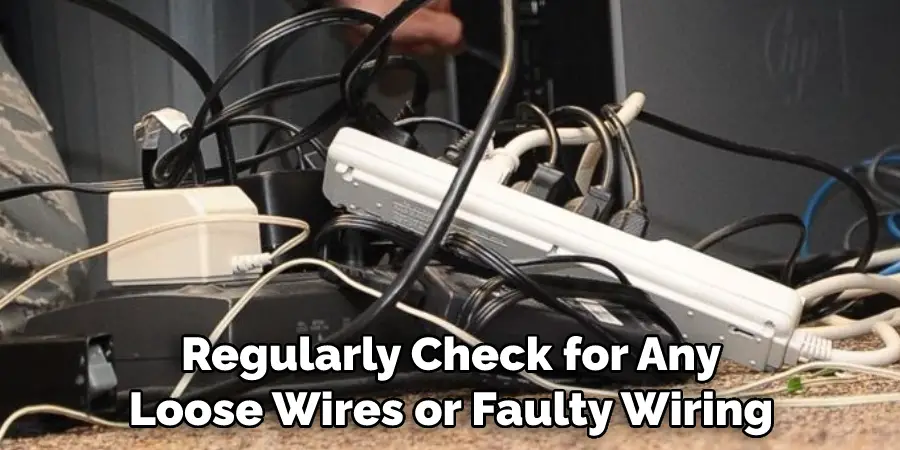
Conclusion
Now you know how to fix furnace blower problems. Remember that regular maintenance will help to keep your blower running in top condition, and if you ever need more assistance or have any questions, a qualified technician should be consulted.
Taking care of your furnace can also save you money in the long run by avoiding costly repairs and replacements and ensuring efficient use of energy. With proper maintenance and occasional repairs, you can keep your furnace running smoothly for many years to come.
Thank you for reading this guide on how to fix furnace blower issues. If you found this information helpful, please share it with friends and family who could benefit from it. Good luck!
You Can Also Check This Out to Keep Your Drains Clean

